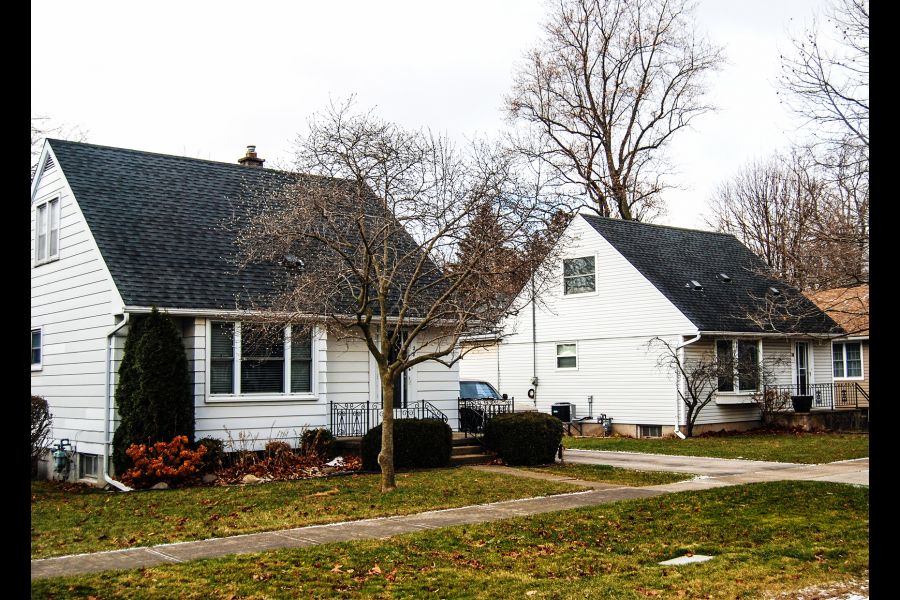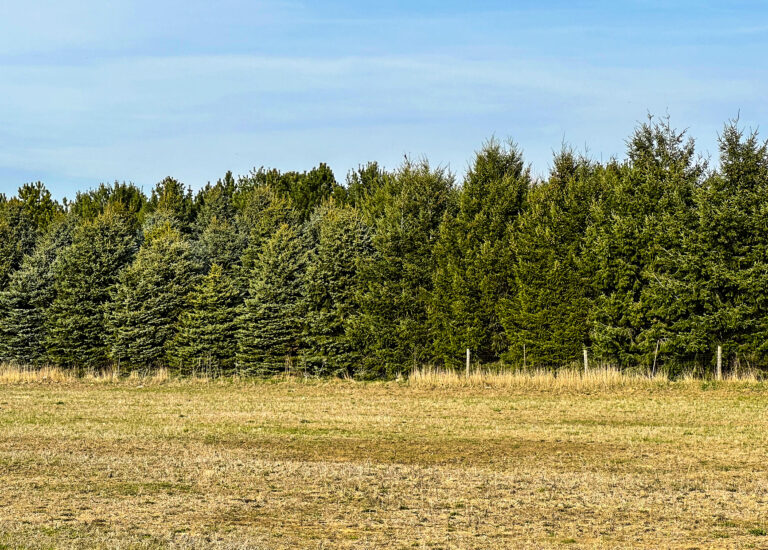Housing Quandary
As I was listening to talk radio one day last week, I heard a caller state:
“I’m 33 years old and make $130K per year. I have been looking to purchase a house, with no success. I simply cannot afford a property within an hour-and-a-half commute from my place of work in Toronto.”
This statement wasn’t news to me. My son and daughter-in-law went through the grinding torment of the 2021 first-time buyer real estate market.
Real estate prices in the Golden Horseshoe are obscene and bear no relationship to the cost of building. Builder-grade townhouses, which would cost no more than $200 per square foot to build/develop, are bringing $680 per square foot on the resale market.
Moreover, while real estate pundits still proclaim that our housing prices remain “reasonable” when viewed on an international basis, I beg to differ. “Reasonable” must be determined on the basis of a ratio between incomes and the cost of property.
In 1980, the average cost of acquiring a residential property was 2.8 times that of the average household income. In 2020, the average acquisition cost had risen to 10 times that of the average household income, according to the Canadian Real Estate Association and Statistics Canada.
While there are many other considerations that might be factored into this, the fact remains the cost of residential property has escalated out of proportion to household income.
But, say these pundits, this is a factor of market forces. And, arguably, this is true. The demand has far outstripped the supply of entry and mid-level housing in the resale market, escalating prices and thereby allowing developers to charge more for their products.
Perhaps the answer to this quandary lies in increasing the supply in a non-traditional fashion. We need to look back to Canada in the 1940s to find our answer (that’s right folks, we don’t need to reinvent the wheel).
From a cold start in 1941, while facing drastic labour and supply shortages caused by the war effort, the newly formed company Wartime Housing Limited completed housing developments across Canada. They not only built 26,000 houses in four years, they installed complete infrastructure for each development.
How did they do it?
It started by a commitment from all levels of government to expedite the process of land development and then-current compliant construction on each build site.
Then, architects developed several standardized house plans between 600 and 1,200 square feet, which were designed to be built on blocks or piers incorporating factory prefabricated panelized components.
Using specialized teams, the components were installed in an assembly line-like process which worked so well that one of these houses could be completely finished in 36 hours.
Could we do this again?
Absolutely!
But, call me a cynic. In our bureaucratically driven country complicated by four levels of political special interest considerations, I have my doubts. However, it desperately needs to be done and next week we’ll take a look at how one community is meeting the challenge of building affordable homes.











